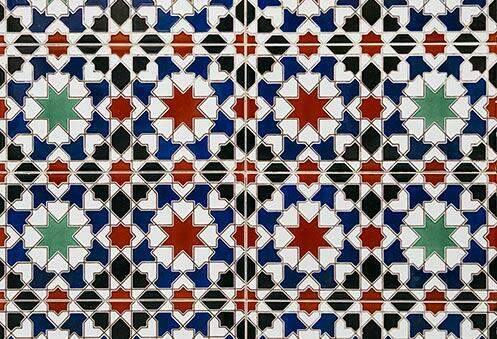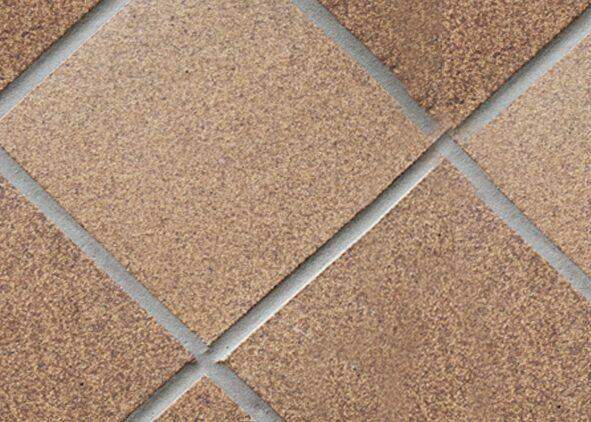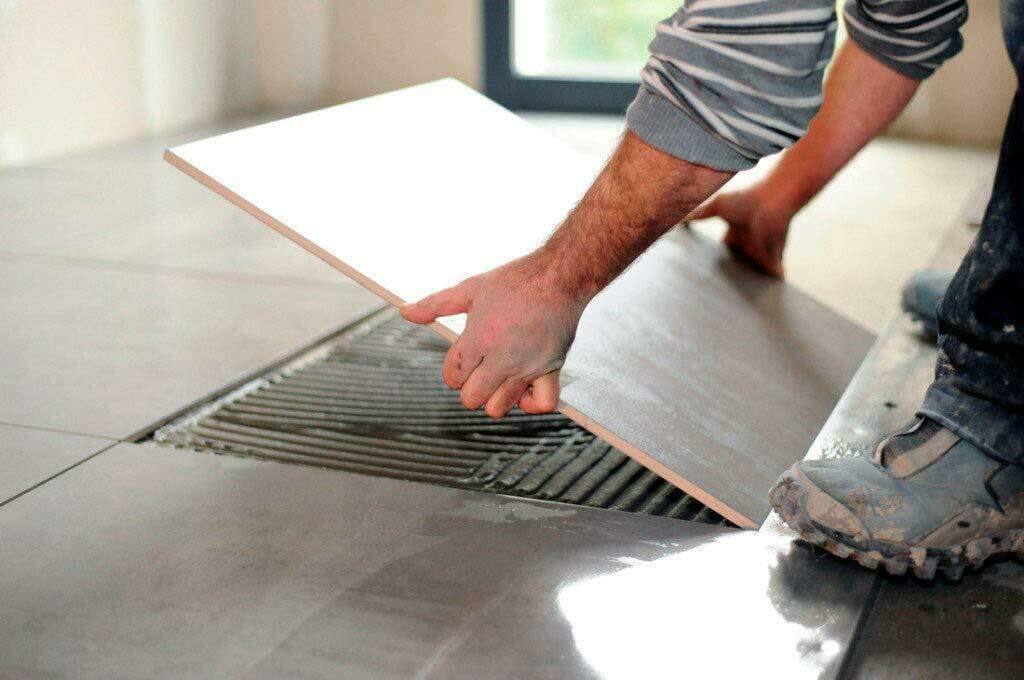In today’s ceramic tile market, there are countless different types of tiles available. We can classify them based on the material they are made of, their shape, and their finish. It is very important to know the types of tiles that exist because they each will need to be cut in different ways and some are better suited than others to certain tile installations. Below, we will explain the types of ceramic tiles available on the market.


Types of Ceramic Tiles
Based on the material they are made of, these are the main types:
Tile
Tile is the most traditional type of ceramic tile. It consists of two parts: a base made of fired clay, which is usually reddish or white (depending on the type of clay used in its production), and a colored glaze that crystallizes when the tile is baked, often referred to as glazing.
Where Does Tile Come From?
Archaeological remains of fired clay slabs with glazing have been found in ancient Mesopotamia (modern-day Iraq) dating back several centuries before our era. It was introduced to Europe in the 7th and 8th centuries through the Arab occupation of most of the Iberian Peninsula. Therefore, we can conclude that tile is the oldest type of ceramic tile.
Tile Characteristics
Due to its installation, it significantly waterproofs the surface it covers. This type of ceramic tile (generally square or rectangular) is commonly found in bathrooms and kitchens, covering wet areas.
However, given how easy it is to create designs with them, they have been widely used in decoration. The combination of different glazes, colors, designs, and even shapes opens up a wide range of possibilities. This type of decoration encompasses hundreds of styles, creating architectural gems ranging from the Arab designs of the Alhambra in Granada to Antoni Gaudí’s trencadís.

Stoneware
Another type of tile is stoneware (from the French “grès”), a generic name for tiles made from a mixture of sandstone, silica, and feldspar. Historically, its most common use has been as a base for creating vessels, vases, or any kind of pottery item.
Where Does Stoneware Come From?
The introduction of new manufacturing techniques made these tiles more varied, as they achieved finishes that imitated other materials (wood, marble, etc.) to some extent. Very common in the 1980s and 1990s, they have almost entirely been replaced by another type of material: porcelain stoneware.
Stoneware Characteristics
Its greater density makes it less porous than tile, and more resistant. Therefore, ceramic tiles made from this material are used for flooring. These highly durable tiles can be used for both interior and exterior purposes and may or may not be glazed.

Porcelain Stoneware
Porcelain stoneware, also called “porcelain,” is today the king of ceramic tiles. It is a hard, compact ceramic with almost no porosity and immense resistance to impact and temperature changes. It is made using kilns with extremely high temperatures (over 1,200ºC) after the paste has been compacted under great pressure, which helps create an impermeable ceramic sheet.
Where Does Porcelain Stoneware Come From?
Although 30-40 years ago it was practically a luxury product, its production has now become highly standardized. In fact, today we can find many models of porcelain stoneware tiles that are very affordable.
Porcelain Stoneware Characteristics
This material has been revolutionary for construction. It can be used for applications that were previously limited to granite, marble, terrazzo, or any material capable of withstanding continuous foot traffic. Additionally, it is an unmatched base for imitating other materials. With today’s digital printing and surface structuring techniques, mimicking the appearance of a material without its disadvantages is within reach. For example, we can enjoy the beautiful aesthetics of wood or marble without their costly and labor-intensive maintenance.
Moreover, this method of ceramic tile production allows for the creation of very large sheets. Tile sizes have grown to such an extent that it is common to see tiles measuring 80×80, 100×100, or even 120×120 centimeters, and it is becoming increasingly common to see walls clad with ceramic sheets that are close to four meters long by two meters wide.

Well… these are the types of tiles available on the market.
As I believe that every good tiler should know the materials they work with very well, and I have no doubt that you already do, I encourage you to explor my blog and see all there is to find out about tile installations and tiling tools.


Post a comment